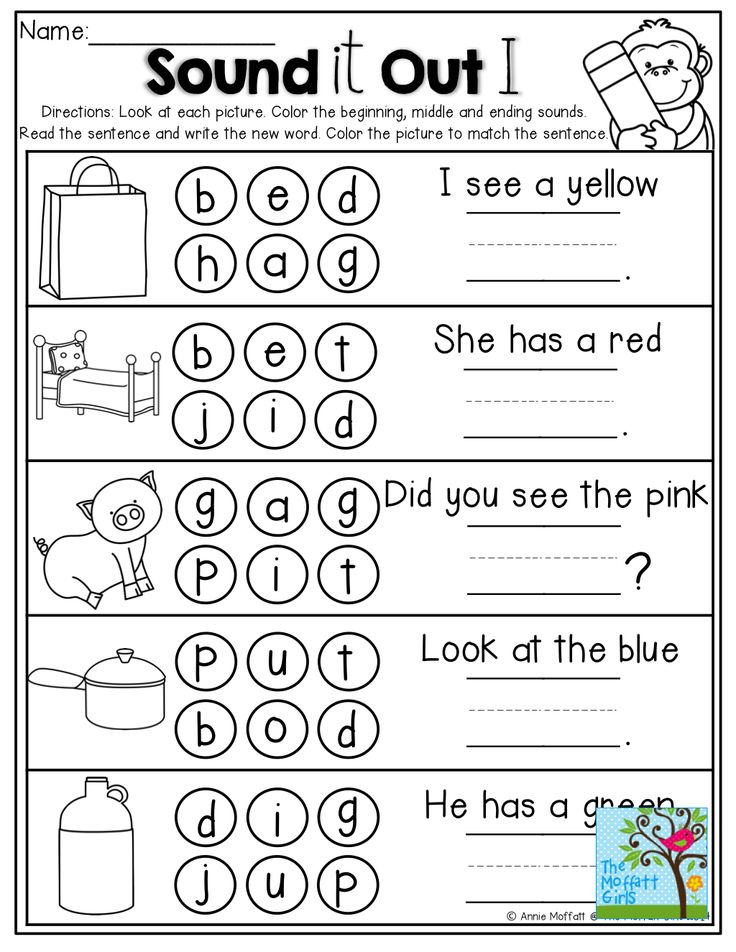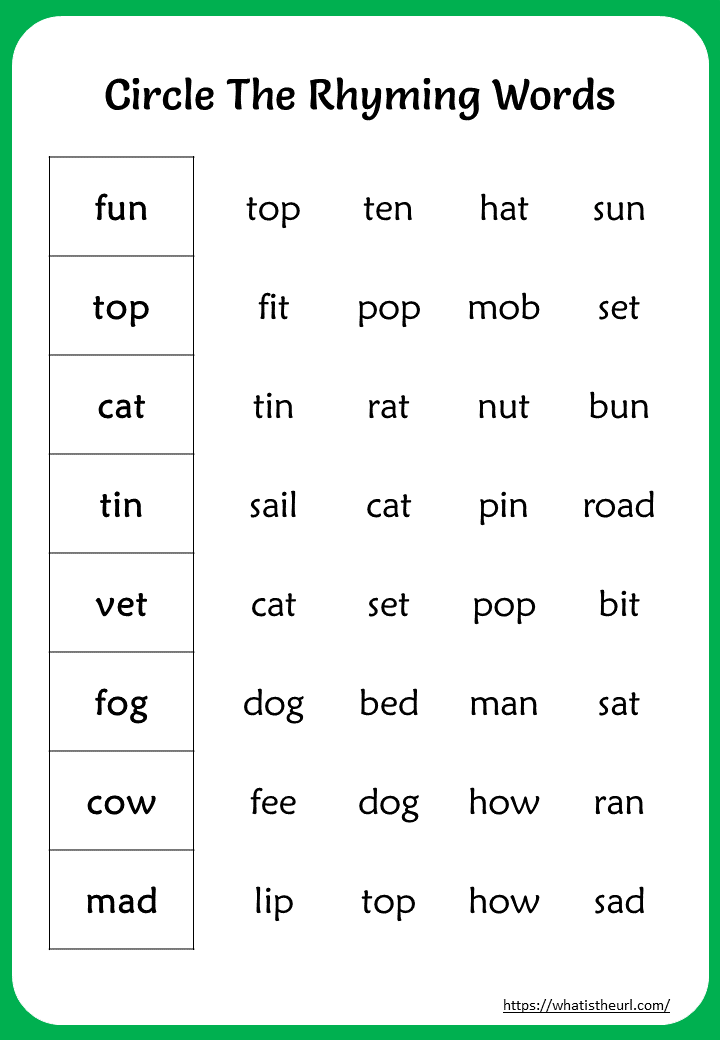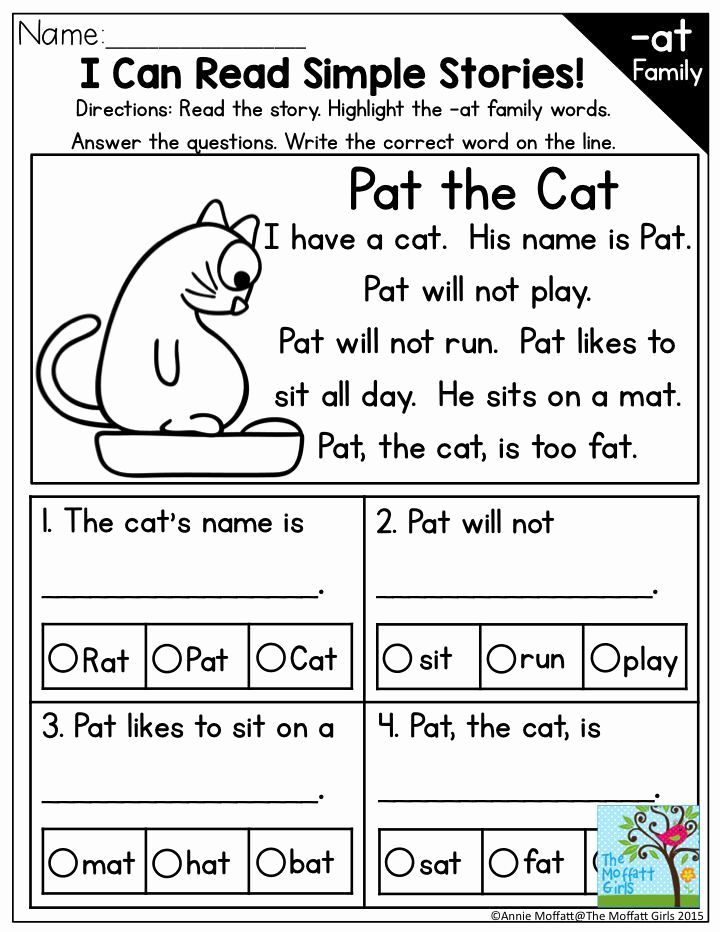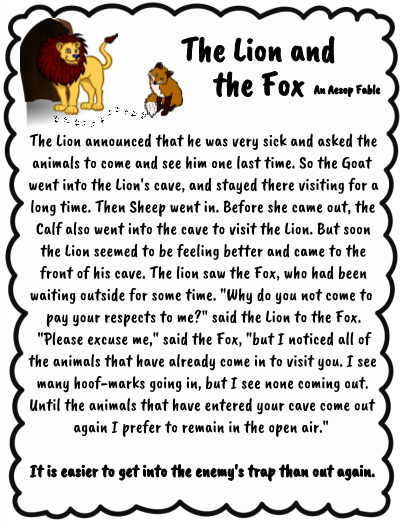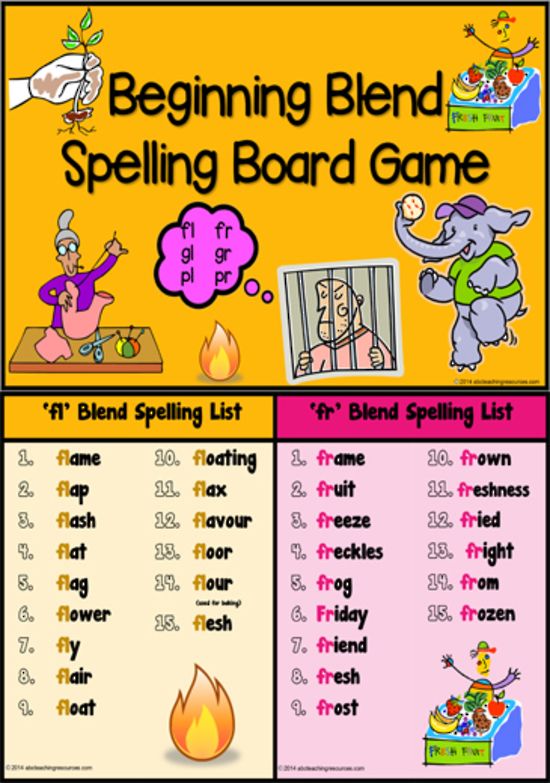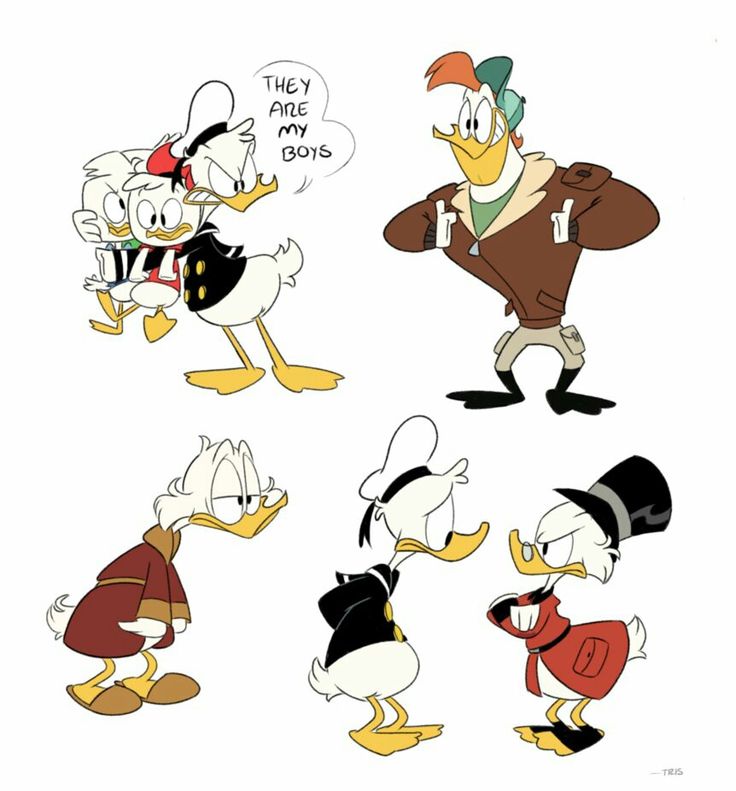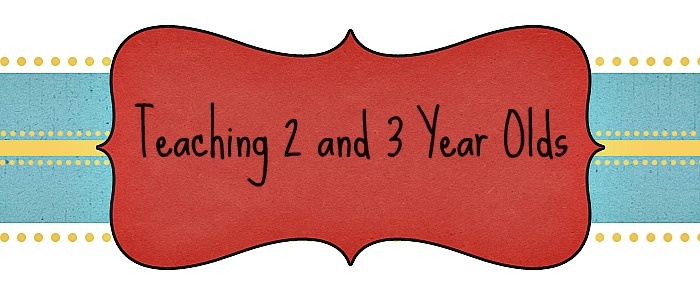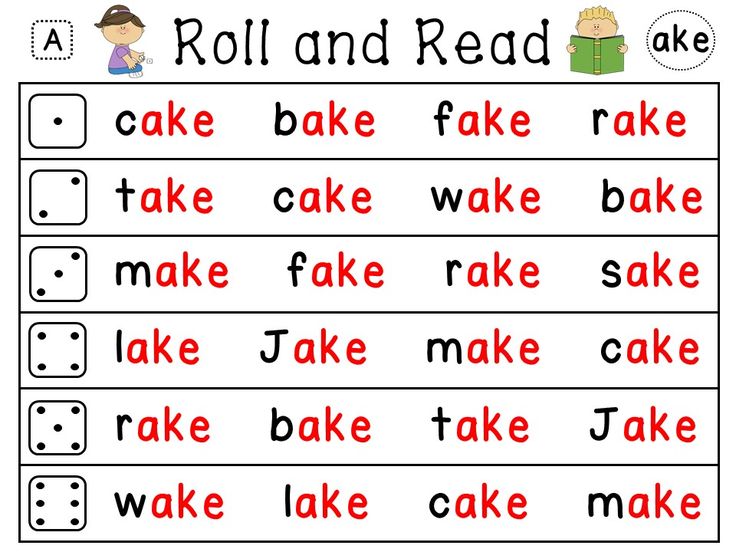Letter to sound
Letter Sounds App
General Questions
What devices are compatible with the Letter Sounds app?
The Letter Sounds A-Z app is compatible with devices running the OS versions listed below.
- Android 4.4 and later
- Kindle Fire OS 4.4 and later
- iOS 9.0 and later
- Windows XP and later
- OS X 10.9 and later
Is this the same app as the Letter Tiles app?
No, we have three different apps:
- The Phonogram Sounds app is a free app that is included with our programs. Use the app to reinforce the sounds with your child as you are teaching or to learn the sounds before you teach them.
- The Letter Sounds app is a free app for beginning learners that can be used to teach the first sound for each letter in the alphabet.
- The Letter Tiles app is a movable tiles app that is available for purchase for use in place of the physical Letter Tiles, or on days that you want to use reading or spelling on the go.
The Letter Tiles app is available for tablets only.
What does the Letter Sounds app teach?
The Letter Sounds app teaches the first sound for each letter of the alphabet.
Troubleshooting
Why can’t I install the app?
Please check that your device is compatible with the Letter Sounds app.
Why can’t I hear the sounds?
Make sure your speakers are on and that the volume is turned up. Test your system sound by playing a YouTube video or something else you know has sound. If your system sound is working, but you can't hear the app sounds, please contact us at [email protected] for assistance.
One of the features isn't working for me.
First, double-check that you are running the latest version of the app. If you continue to experience issues, please contact us at [email protected] for assistance.
Why don’t you have Letter Sounds for my device?
Contact us at support@allaboutlearningpress. com and let us know what device you have! We are always looking to support more of our customers. In the meantime, you can use the online demo above as a fully functioning workaround.
com and let us know what device you have! We are always looking to support more of our customers. In the meantime, you can use the online demo above as a fully functioning workaround.
Other App Questions
Why don’t you teach all the sounds for each letter?
Great observation! The Letter Sounds app is for use with our Pre-reading program. It’s a first introduction to the most common sound for each letter of the alphabet. If your student is ready to learn the multiple sounds for the letters and other phonograms, check out our Phonogram Sounds app.
Why do you use /er/ for the sound of R?
Some sounds, like /r/, are difficult to capture on audio. Without a vowel sound before or after, they are unintelligible. We recommend that parents work with their children to ensure that the child is saying the sounds correctly. If the child is having any difficulty, you may want to demonstrate the sound in person.
Do you track data or record any of my personal information?
Absolutely not! The app installers only place the code that is required to run the app on your device.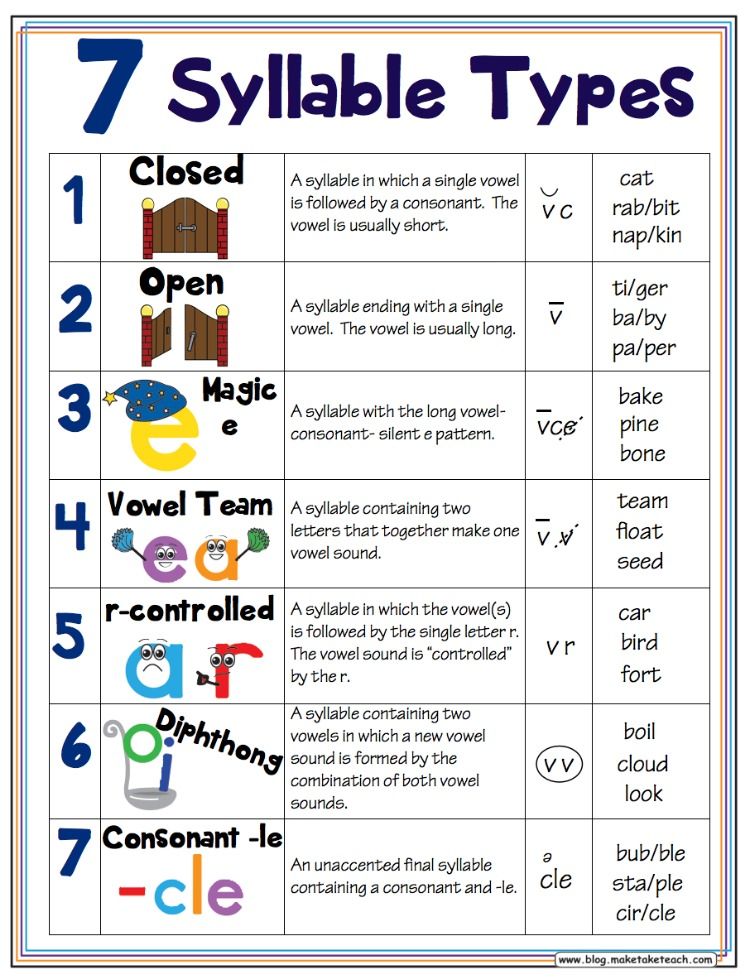 The only time we receive data of any kind is when the program checks for updates from our servers. This is only for updates. We do not receive any personally identifying information from your device.
The only time we receive data of any kind is when the program checks for updates from our servers. This is only for updates. We do not receive any personally identifying information from your device.
6 Fun Letter-Sound Correspondence Games For Young Readers
What Is Letter-Sound Correspondence?
Letter-sound correspondence means exactly what the words say: It is the understanding that every letter corresponds to a specific sound or set of specific sounds.
Having a good grasp of letter-sound correspondence is crucial to learning to read. Think back to when you were learning to read. You were probably told to “sound out” words that were hard for you.
This was a good suggestion, but it required your knowing the letter sounds so that you could, sound-by-sound, figure out the unknown word.
That’s because letter-sound correspondence is at the heart of phonics and is the key to cracking the alphabetic code.
Is Learning Letter-Sound Correspondence Important?
This question gets an enthusiastic “yes” from us!
Without a solid understanding of letter-sound correspondence, children will struggle to learn how to read.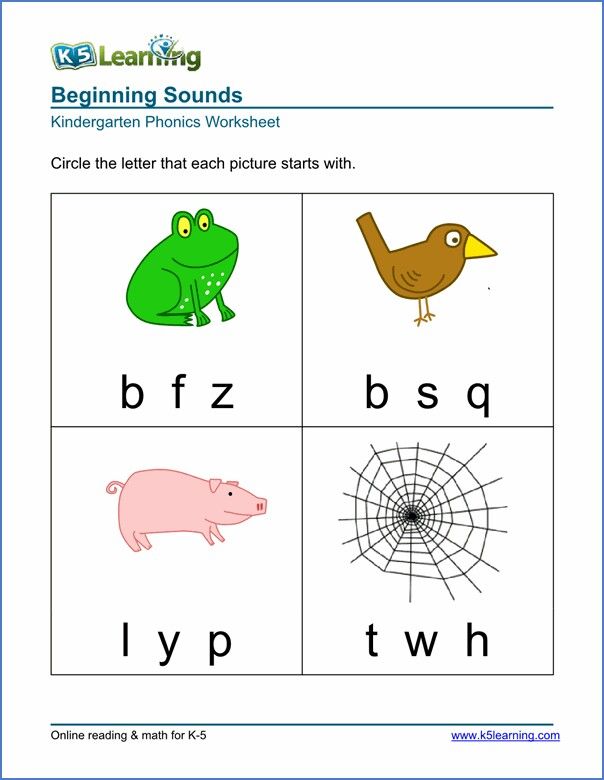 They can end up relying on memorizing words, which will only work for a short time.
They can end up relying on memorizing words, which will only work for a short time.
In order to read, then, your child must first see letters in a word, match each letter to a sound, and then blend those sounds to read the word. Eventually, this becomes automatic and reading becomes fluent.
We all know that a rock-solid foundation in the basics will encourage confidence, something your child will need in their toolbelt as they embark on their journey to becoming a strong, independent reader!
6 Fun And Easy Letter-Sound Correspondence Activities
1) Say The Sound
This first activity is simple but fun and effective!
To begin, you’ll give your child a letter. Feel free to use any kind of letter you want — cut one out of cardstock, draw one on a piece of paper, etc. — but those magnetic letters that stick on the fridge may work best.
The goal of the game is for your child to say the sound that matches the letter you hand them. (Hint: you may have to remind your child not to use the letter name but only the letter sound. )
)
If they say the right sound, they get a point!
To make it more interesting, you can set a specific number of points for your child to reach. Once they reach 10 points, for example, they win the game!
2) Goldfish Toss
For this activity, your child can get a little more physical! If you’d like to give it a try, gather a big bowl and a pile of Goldfish treats (or any other small snack that’s easy to toss if you don’t have Goldfish crackers on hand).
When you’re ready to begin, say the name of a letter and let your child give the matching sound. When they say the correct letter sound, they get to throw a Goldfish cracker into the bowl.
The goal is to fill up the bowl with as many Goldfish as they can. And at the end of the game, you can go straight into snack time!
3) Letter Hop
The best part of this activity is that it gets your child moving and jumping. Not only will their brain be working, but their body will be, too!
For this game, you’ll need several target letters — B, T, and M for instance. Write each one on its own sheet of paper.
Write each one on its own sheet of paper.
To begin, hold up one of the letters and say a sound. If the sound you said matches the letter you’re holding, then your child can make one giant hop toward you. Continue with another letter or repeat the same letter.
As your child gets better at the game, you can say a word instead of a sound. If the first sound in the word matches the letter you’re holding, then your child gets to hop.
The goal is to reach you in less than 10 turns. For even more fun, involve multiple kids and see who can reach you first!
4) Letter-Sound Treasure Hunt
This activity is another simple but effective one. It’s like your child’s very own letter-sound correspondence treasure hunt!
To play, you’ll need several magnetic letters and a pillowcase. Drop all of the letters into the pillowcase, and then say a letter sound.
The goal is for your child to grab one letter at a time — for more of a challenge, doing so without looking! — until they pull the matching letter out of the bag.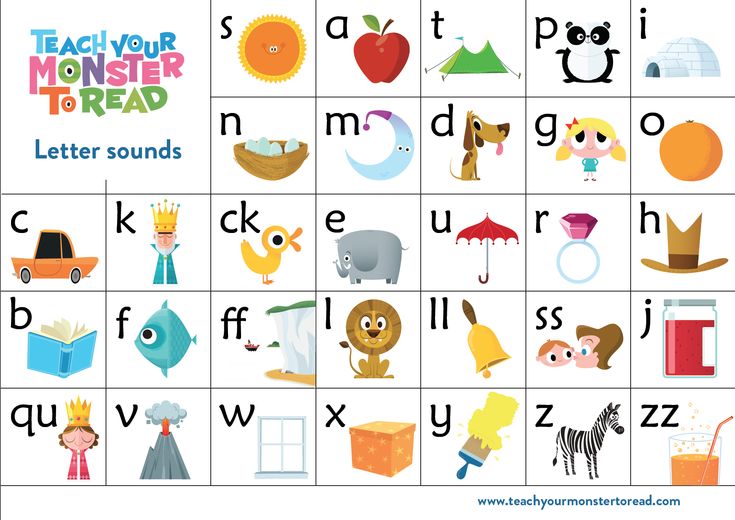
5) Limbs And Letters, Oh My!
For this game, your child won’t just hear the letter-sound correspondence with their ears. They’ll make it with their arms and legs, too!
Every time you say a letter sound, your child will try their hardest to twist their body to make the shape of the letter that matches the sound they heard. This is sure to end in fits of laughter as they wiggle across the floor to bend their body into an “S” shape.
You can take turns making shapes with your bodies and contorting yourselves to look just like the alphabet! And feel free to partner up if your child can’t quite make the shape of a letter with only their body.
6) Muffin Pan Challenge
If you’re interested in trying this activity, you’ll need six letters, a muffin pan, and two sets of different small objects (coins and paper clips work great!).
To play, you will use one of the objects, while your child uses the other. You could be coins and your child could be paperclips, for example.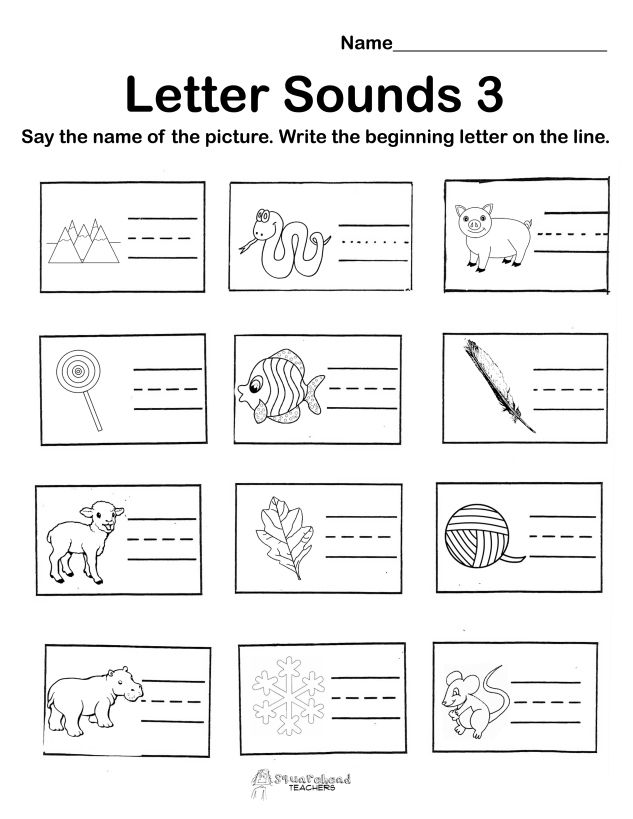
Place a different letter in each cup of the muffin pan. Say the sound of one of the letters and let your child try to drop a paperclip into the right cup. If they succeed, they get to claim that cup!
Next, your child can say the sound of one of the letters and have you toss a coin into the corresponding cup. (It doesn’t hurt if you have a LOT of trouble getting your coin in the right cup!) When you get the letter correct, you claim the cup.
When all the cups are full, whoever has the most items in the pan wins. And then, while you’ve got it out, maybe you can use the muffin pan to make a sweet treat together!
Letter-Sound Correspondence For A Bright Future
We hope that these activities were helpful! Remember, all children are unique. A letter-sound correspondence game that works for one of your children may not do the trick with their siblings.
Don’t fret! There’s a perfect fit for every child. And we know that with you guiding them, your child will master letter-sound correspondence in no time!
At HOMER, we’re always here to lend a helping hand, and we would love to be a part of your routine! Our Learn & Grow app offers tons of personalized, effective activities to develop your child’s reading skills — letter-sound correspondence included!
Author
Hard and soft consonants.
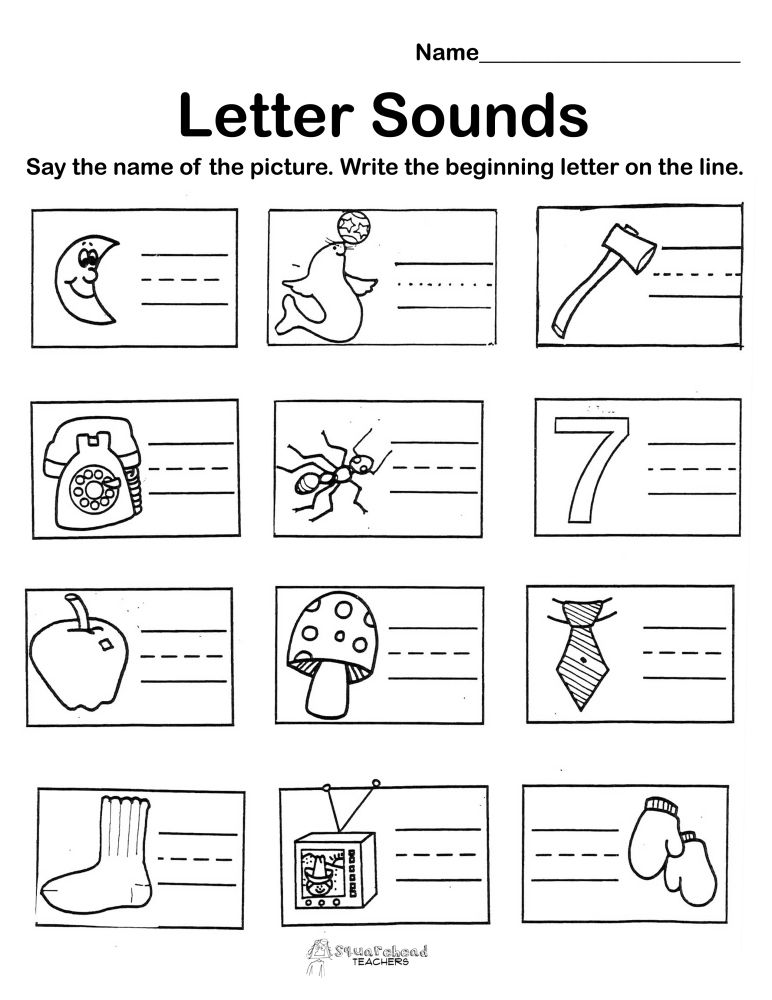 How to determine? Table and examples
How to determine? Table and examples Let's learn how to write without mistakes and tell interesting stories
Start learning
150.4K
You must have noticed that the same consonant letters can sound different. For example, in the words "childish" and "think" the letter "d" is not the same: we pronounce one softly, and the other firmly. It's time to figure out why this is happening. In this article, we will tell you what hard and soft consonants are and how to determine them so as not to make mistakes in phonetic analysis.
What consonants are called hard and soft
Consonants are those in which there is noise. When we pronounce them, the exhaled air encounters obstacles: the special position of the tongue, lips, teeth, palate. This is where the characteristic consonant sound comes from.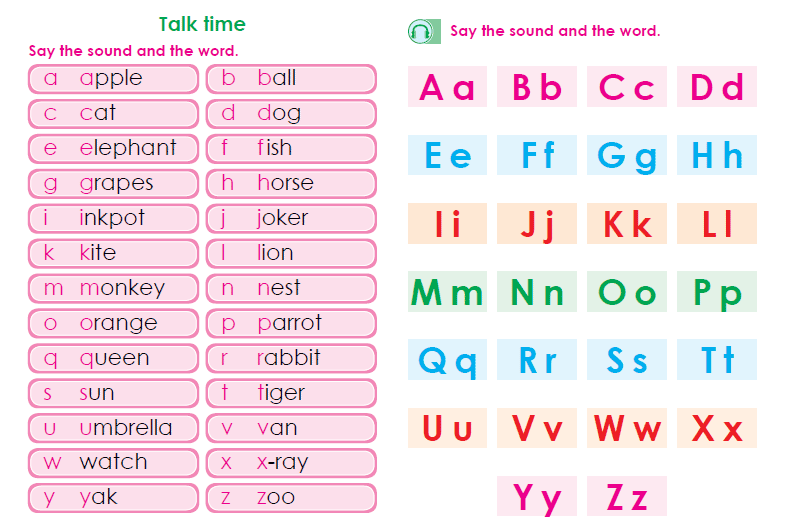
Consonants can be hard or soft, voiced or voiceless.
-
Soft consonants - sounds, during the pronunciation of which the middle of the tongue rises, and the tip approaches the teeth.
-
Solid consonants are sounds in which the tongue does not make additional movements.
Therefore, we pronounce hard and soft consonants differently. This can be seen if you say, for example, the words autumn and wasps . In the first case, the sound [s'] is soft and will sound appropriate. But in the second word [s] is a solid consonant sound, and this can also be heard from its sound.
Here are some more examples of the same consonants that represent hard and soft sounds.
| | | |
|---|---|---|
| | | |
| | | |
| | | |
| | | |
| | | |
| | | |
Interestingly, the hardness or softness of a consonant is related to which vowel follows it.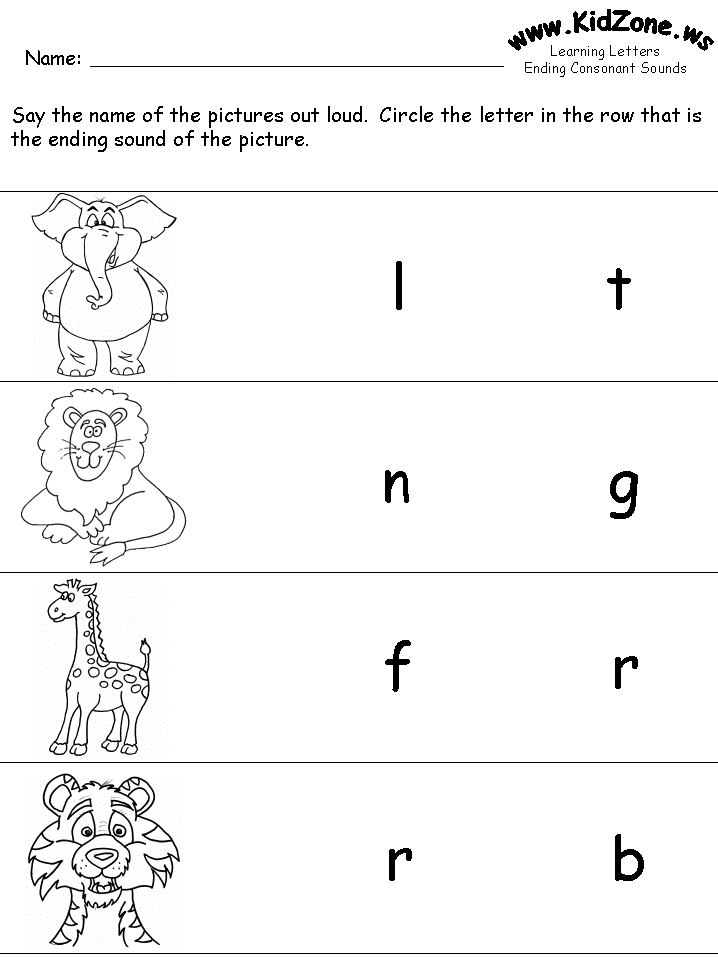 If after the consonant there are letters denoting the hardness of the sound ( a, o, y, s or e ), it will be hard, and if the letters denoting softness ( i, e, e, yu, and or b ), - soft. The exception is some borrowed words, for example pho[ne]tika .
If after the consonant there are letters denoting the hardness of the sound ( a, o, y, s or e ), it will be hard, and if the letters denoting softness ( i, e, e, yu, and or b ), - soft. The exception is some borrowed words, for example pho[ne]tika .
For example:
-
soft consonants: [d'e] revo, [v'e] black, when [b'e] reap, [v'a] knowledge, p[r'i] led, [l'u] day , etc. ;
-
hard consonants: months [ta], k[ry] sha, [du] mother, [me] r etc.
Test yourself!
Determine which consonant sound is used in these words - [d] or [d']: see, home, winner, businesslike, victory, pest, meditation, bear
Demo lesson in Russian lesson and find out what topics separate you from the "five" in Russian.
Paired and unpaired consonants in terms of hardness-softness
Consonant sounds form pairs in terms of hardness-softness and are called, respectively, paired.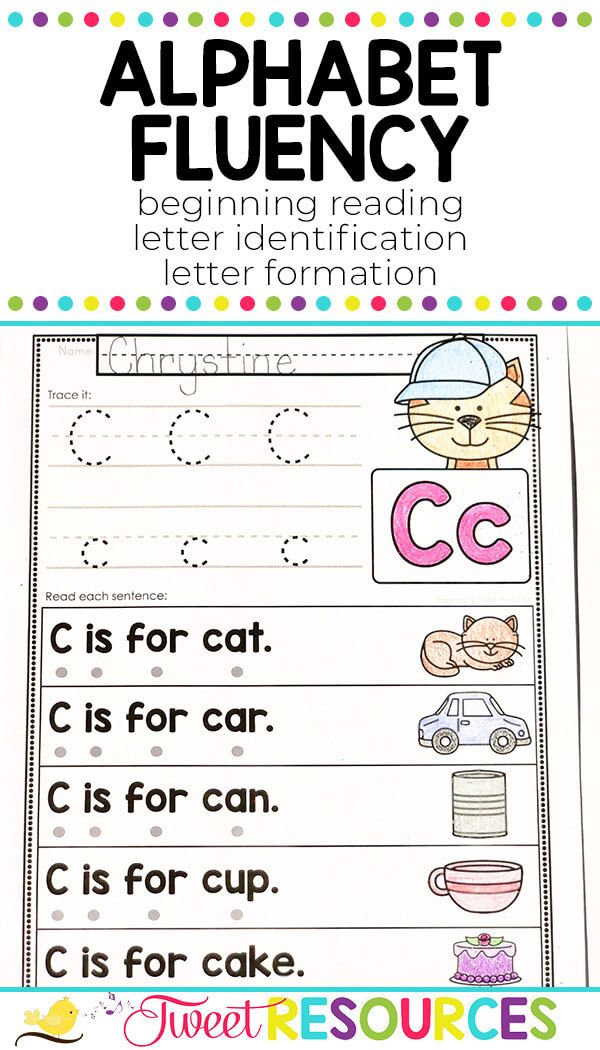 Here is a table of all paired hard and soft consonants.
Here is a table of all paired hard and soft consonants.
| [b] | [c] | [g] | [d] | [h] | [c] | [k] | [l] | [m] | [n] | [p] | [r] | [t] | [f] | [x] |
| [b'] | [in'] | [g'] | [d'] | [z'] | [s'] | [k'] | [l'] | [m'] | [n'] | [n'] | [p'] | [t'] | [f'] | [x'] |
However, in Russian there are consonants that do not have such a pair: they can only be soft or only hard. Such sounds are called unpaired. For example, consonants [g], [w] and [c] do not have a pair, they are always solid. Even if in the word they are followed by letters that indicate the softness of consonants: i, e, e, u, and or b . For convenience, we collected all paired and unpaired consonants in the memo below. Save and enjoy!
Such sounds are called unpaired. For example, consonants [g], [w] and [c] do not have a pair, they are always solid. Even if in the word they are followed by letters that indicate the softness of consonants: i, e, e, u, and or b . For convenience, we collected all paired and unpaired consonants in the memo below. Save and enjoy!
Test Yourself
Test your understanding of hard and soft consonants and letters with the activities below.
Task 1
Name:
-
10 hard consonant words;
-
5 words that always contain hard consonants;
-
10 soft consonant words;
-
5 words with always soft consonants.
Task 2
Read the words below and mark hard consonant sounds in them, and also indicate whether they are paired or unpaired in hardness-softness:
-
wind,
-
apple,
-
grovel,
-
Far East,
-
approaching,
-
cauterize,
-
pyramid,
-
appearance,
-
lure,
-
important,
-
cyclone,
-
athletic,
-
interferes.
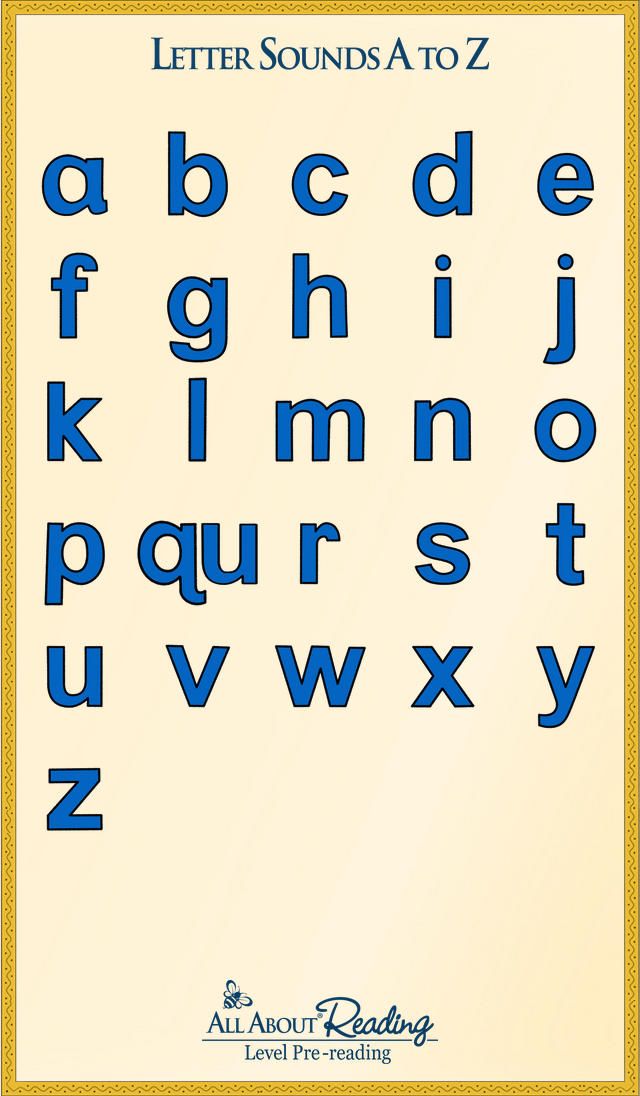
Literate speech goes hand in hand with knowledge of phonetics. If you need to analyze this topic in detail and not miss the details, we advise you to additionally study with a teacher. In the Skysmart online Russian language school courses, students will be able to immerse themselves in phonetics and figure out which consonants are always hard or always soft, and then consolidate the new on exciting tasks. This will help you understand the topic better and improve your grades in school
Russian cheat sheets for parents
All Russian language rules at hand
Reading rules in Turkish. Ses bilgisi. Turkish language mobile app | SpeakASAP®
Listen to the audio lesson with additional explanations
Let's start our acquaintance with the Turkish language from the basics, that is, from the Turkish alphabet. And immediately the good news is that in English, German, French 2-3 or even 4 letters sometimes denote only one sound, in Turkish, as in Russian, one letter is equal to one sound. Almost everything works according to the rules - as I hear, so I write. There are no letter combinations.
Almost everything works according to the rules - as I hear, so I write. There are no letter combinations.
| Reads like | Example | |
|---|---|---|
| a | [a] | araba [araba] - machine |
| b | [b] | bal [bal] - honey |
| c | [j] | can [jan] - soul |
| ç | [h] | çiçek [chichek] - flower |
| d | [d] | dal [dal] - stick |
| e | [e] | ev [ev] - building |
| f | [f] | fener [fener] - lantern |
| g | [g] | gȍz [gyoz] – eye |
| ğ | [g’] not pronounced | |
| h | [x] | helva [helva] - halva |
| I | [s] | ılık [ylyk] - heat |
| i | [and] | imam [imam] - imam |
| j | [w] | jilet [vest] - razor |
| k | [k] | kırmızı [Kyrmyz] - red |
| l | [l] | lemon [lemon] - lemon |
| m | [m] | meter [metre] - meter |
| n | [n] | naz [naz] - affectation |
| or | [o] | on [he] - ten |
| - | [ё] (soft without initial j) | ȍpűcűk [yopyudzhyuk] - kiss |
| p | [p] | portre [portrait] - portrait |
| r | [p] | reklam [reklam] - advertising |
| s | [s] | sen [sen] - you |
| ş | [w] | şapka [hat] - hat |
| t | [t] | tuz [ace] - salt |
| and | [y] | umut [umut] - hope |
| - | [s] (soft without initial y) | űlke [ylke] - country |
| v | [c] | vitrin [showcases] - showcase |
| and | [th] | yuz [yuz] - face, one hundred |
| z | [h] | zafer [zafer] - victory |
There are not so many rules for reading and pronunciation in Turkish, but they still exist.
We will not analyze those letters in which there are no differences from the Russian equivalent, but we will dwell in more detail on individual letters of the Turkish alphabet that have their own characteristics in order to pronounce words beautifully and correctly, like the Turks.
The letter "s" - j
The so-called "affricate" - or fusion of two letters. There is no such sound in Russian, but for us 2 letters of the alphabet and two sounds fit into a similar sound d + w , for the Turks it is one sound. It sounds very soft:
canım - my soul (affection for both sexes)
fincan - cup
inci - pearl
The letter "e"
In Turkish it looks more like Russian "e" :
ev [ev] - house
fener [fener] - lantern
Enver [Enver] - male name
erkek [erkek] - man
Ğ - silent letter "g"
Previously, it was similar to Ukrainian "g" , but in the modern language it has become silent.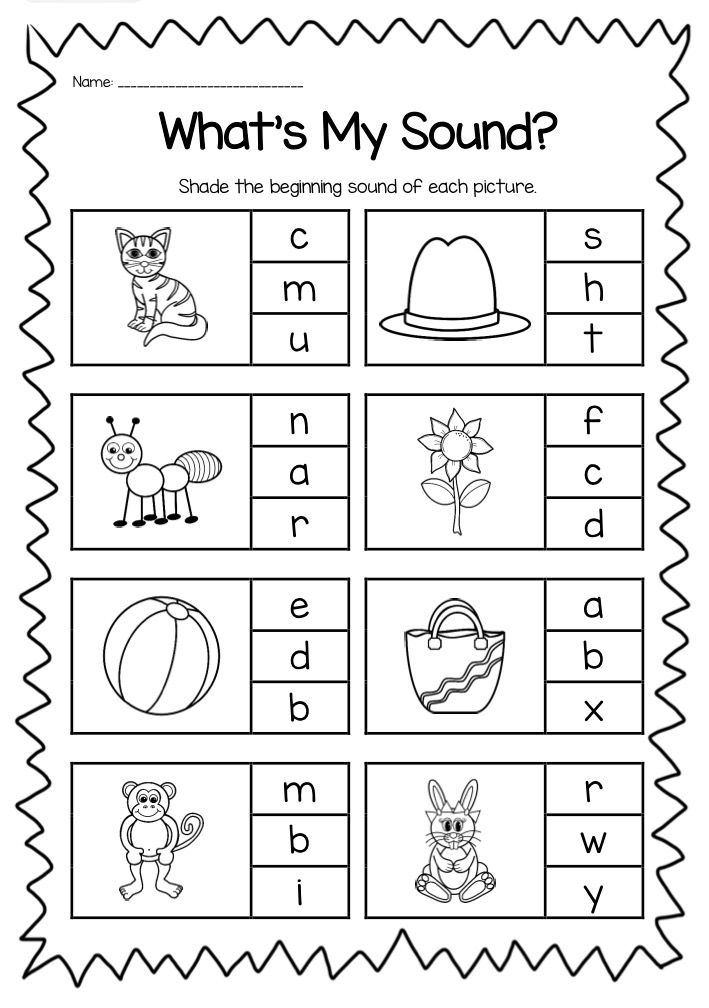 If it falls between vowels, then it dissolves, as in the word dağa [yeah] is a mountain. However, it has an important function - if it stands between a vowel and a consonant, then the upcoming vowel is doubled. In the word Bağdad [we read Baadad] - Baghdad.
If it falls between vowels, then it dissolves, as in the word dağa [yeah] is a mountain. However, it has an important function - if it stands between a vowel and a consonant, then the upcoming vowel is doubled. In the word Bağdad [we read Baadad] - Baghdad.
Turkish letter "h"
She is devoid of Russian wheezing. Let's listen to ourselves in the words - "choir", "moss", "ferret". In Turkish, this letter sounds on the exhale, as if we are breathing on misted glass - helva, havva, merhaba. That is, we pronounce it without pressure. Often in the form of a dialect or from low-educated Turks, the letters 9 can be0503 "h" , if it is not at the beginning of a word, it will not be heard at all. So the name Mehmet becomes Memet, the greeting Merhaba becomes Meraba, and the question Ne Haber? (How are you?) in Ne aber?.
Letter "j"
Essentially absent from Turkish - and used only for foreign loanwords, mostly French roots - jandarma.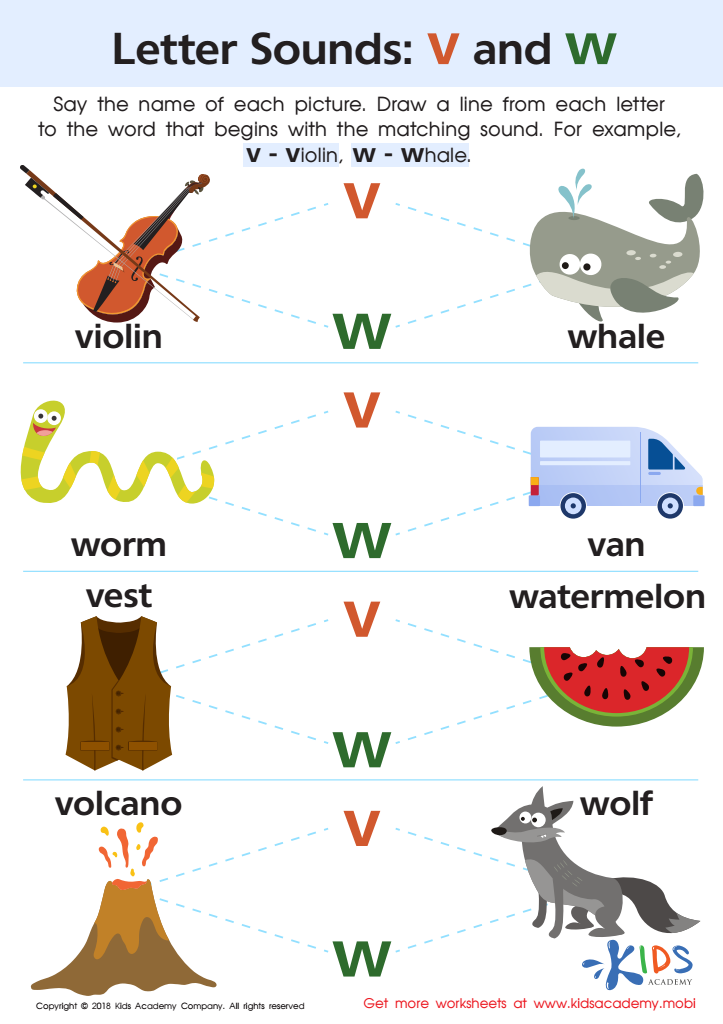
The letters "l" and "k"
A general rule is associated with these letters - when they come after soft vowels, and these are e , ü , ö , i - that is, letters with dots and e - then we read them with a soft sign:
gel - gel
bil [bil]
dil [dil]
gul [gul]
göl [gel]
ekmek [ekmek]
erkek [erkek]
dilek [dilek]
And vice versa - with hard vowels ( o , u , a , ı ) - read them hard:
kol [col]
bol [bol]
rol [roll]
bak [tank]
durak [fool]
The letters "ö", "ü"
Absent in Russian, but available in a number of European languages - German, French. They sound soft, as if we are tearing off the hard initial letter “y” from the Russians “yu” and “ё” .